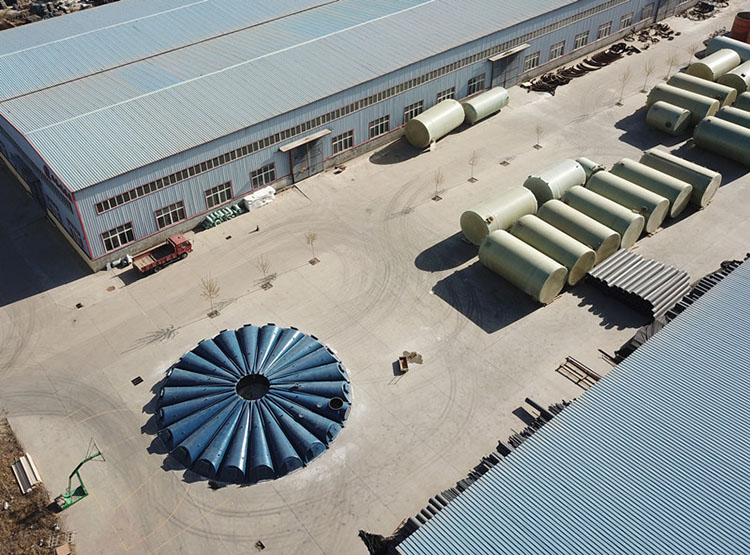
-
 Afrikaans
Afrikaans -
 Albanian
Albanian -
 Amharic
Amharic -
 Arabic
Arabic -
 Armenian
Armenian -
 Azerbaijani
Azerbaijani -
 Basque
Basque -
 Belarusian
Belarusian -
 Bengali
Bengali -
 Bosnian
Bosnian -
 Bulgarian
Bulgarian -
 Catalan
Catalan -
 Cebuano
Cebuano -
 China
China -
 China (Taiwan)
China (Taiwan) -
 Corsican
Corsican -
 Croatian
Croatian -
 Czech
Czech -
 Danish
Danish -
 Dutch
Dutch -
 English
English -
 Esperanto
Esperanto -
 Estonian
Estonian -
 Finnish
Finnish -
 French
French -
 Frisian
Frisian -
 Galician
Galician -
 Georgian
Georgian -
 German
German -
 Greek
Greek -
 Gujarati
Gujarati -
 Haitian Creole
Haitian Creole -
 hausa
hausa -
 hawaiian
hawaiian -
 Hebrew
Hebrew -
 Hindi
Hindi -
 Miao
Miao -
 Hungarian
Hungarian -
 Icelandic
Icelandic -
 igbo
igbo -
 Indonesian
Indonesian -
 irish
irish -
 Italian
Italian -
 Japanese
Japanese -
 Javanese
Javanese -
 Kannada
Kannada -
 kazakh
kazakh -
 Khmer
Khmer -
 Rwandese
Rwandese -
 Korean
Korean -
 Kurdish
Kurdish -
 Kyrgyz
Kyrgyz -
 Lao
Lao -
 Latin
Latin -
 Latvian
Latvian -
 Lithuanian
Lithuanian -
 Luxembourgish
Luxembourgish -
 Macedonian
Macedonian -
 Malgashi
Malgashi -
 Malay
Malay -
 Malayalam
Malayalam -
 Maltese
Maltese -
 Maori
Maori -
 Marathi
Marathi -
 Mongolian
Mongolian -
 Myanmar
Myanmar -
 Nepali
Nepali -
 Norwegian
Norwegian -
 Norwegian
Norwegian -
 Occitan
Occitan -
 Pashto
Pashto -
 Persian
Persian -
 Polish
Polish -
 Portuguese
Portuguese -
 Punjabi
Punjabi -
 Romanian
Romanian -
 Russian
Russian -
 Samoan
Samoan -
 Scottish Gaelic
Scottish Gaelic -
 Serbian
Serbian -
 Sesotho
Sesotho -
 Shona
Shona -
 Sindhi
Sindhi -
 Sinhala
Sinhala -
 Slovak
Slovak -
 Slovenian
Slovenian -
 Somali
Somali -
 Spanish
Spanish -
 Sundanese
Sundanese -
 Swahili
Swahili -
 Swedish
Swedish -
 Tagalog
Tagalog -
 Tajik
Tajik -
 Tamil
Tamil -
 Tatar
Tatar -
 Telugu
Telugu -
 Thai
Thai -
 Turkish
Turkish -
 Turkmen
Turkmen -
 Ukrainian
Ukrainian -
 Urdu
Urdu -
 Uighur
Uighur -
 Uzbek
Uzbek -
 Vietnamese
Vietnamese -
 Welsh
Welsh -
 Bantu
Bantu -
 Yiddish
Yiddish -
 Yoruba
Yoruba -
 Zulu
Zulu
Insulated Tanks for Enhanced Performance and Energy Efficiency in Industrial Applications
The Importance of GRP Insulation Tanks
In recent years, the construction and energy sectors have increasingly recognized the significance of glass-reinforced plastic (GRP) insulation tanks. These tanks offer a plethora of advantages, primarily due to their unique material properties and capabilities, making them a popular choice for various industrial applications. This article explores the benefits and applications of GRP insulation tanks, highlighting why they are becoming indispensable in modern engineering projects.
Understanding GRP Insulation
GRP, also known as fiberglass, is a composite material made from a polymer matrix reinforced with glass fibers. This combination provides exceptional strength, durability, and resistance to corrosion, making GRP an ideal choice for constructing insulation tanks. When coupled with insulation materials, GRP tanks can effectively store liquids while minimizing energy loss, making them beneficial for both operational efficiency and environmental sustainability.
Advantages of GRP Insulation Tanks
1. Corrosion Resistance One of the most significant benefits of GRP tanks is their resistance to corrosion. Unlike traditional metal tanks, which can degrade over time due to exposure to various chemicals, GRP tanks maintain their integrity, leading to lower maintenance costs and prolonged service life.
2. Thermal Insulation GRP insulation tanks are designed to minimize heat loss or gain, which is critical in applications where temperature control is essential. The insulation properties of GRP help in maintaining the desired temperature of stored liquids, reducing the need for additional heating or cooling systems and thus lowering energy costs.
3. Lightweight and Strong GRP is significantly lighter than metal alternatives, which simplifies transportation and installation processes. Despite their lightweight nature, GRP tanks offer superior strength and can withstand considerable pressure, making them suitable for various storage applications.
4. Versatility GRP insulation tanks can be customized to meet specific requirements, such as size, shape, and insulation thickness. This versatility allows engineers to design tanks that fit seamlessly into different industrial settings.
5. Environmental Sustainability As industries are being pressured to adopt more sustainable practices, GRP insulation tanks offer an eco-friendly solution. Their durability reduces the need for frequent replacements, and their energy efficiency contributes to lower carbon footprints.
grp insulation tank

Applications of GRP Insulation Tanks
GRP insulation tanks find applications in diverse fields, including
- Water and Wastewater Treatment These tanks are commonly used in storage and treatment processes, where they can effectively hold chemicals and water while resisting corrosion from various substances.
- Food and Beverage Industry Safe storage of ingredients or processed products is critical in the food industry. GRP tanks ensure that the material's quality is maintained without contamination.
- Chemical Industry Due to their corrosion resistance, GRP insulation tanks are perfect for storing aggressive chemicals. They can also be used in processes where precise temperature control is necessary.
- Energy and Renewable Sources In sectors like oil, gas, and renewables, GRP insulation tanks serve to store various liquids, including fuels and chemicals, while ensuring operational efficiency through their insulation properties.
Conclusion
As industries continue to evolve, the demand for efficient, durable, and environmentally friendly storage solutions is paramount. GRP insulation tanks present a viable answer to this demand, boasting numerous benefits that address the challenges often faced with traditional storage options. Their combination of lightweight strength, corrosion resistance, and thermal efficiency makes them an appealing choice across multiple sectors. With continued advancements in materials technology, the future of GRP insulation tanks looks promising, positioning them as a critical component in sustainable industrial solutions.
In conclusion, embracing GRP insulation tanks can lead to significant operational improvements, cost savings, and a lower environmental impact, making them a key asset in modern industrial applications.









